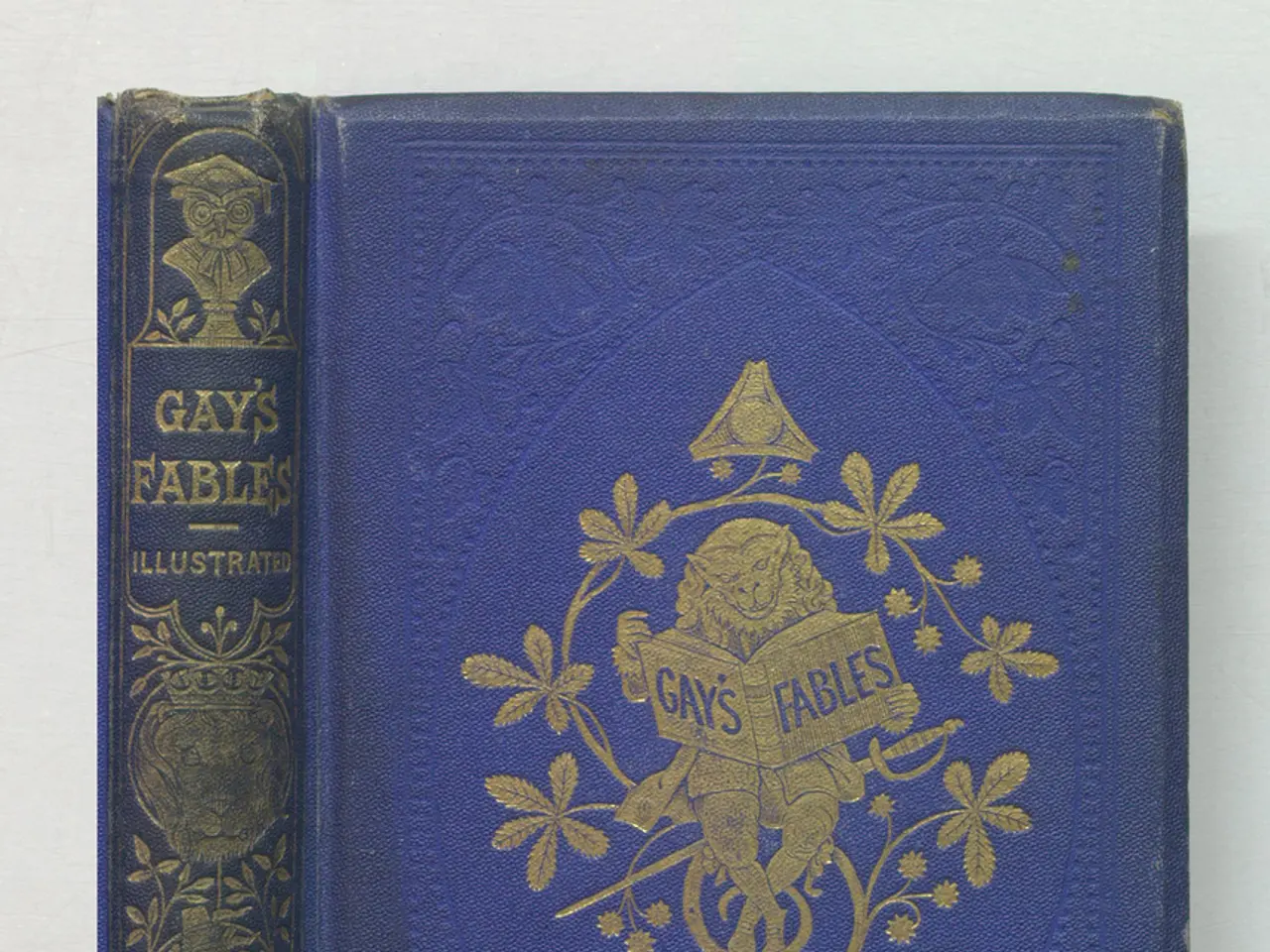Internet Platforms for and about LGBTQ+ Students: Guides to Assistance
**Creating an Inclusive Learning Environment for LGBTQ+ Students: Best Practices for Educators**
In a world where nearly two million American youth aged 13-17 identify as LGBTQ+, the importance of fostering a safe, supportive, and inclusive learning environment cannot be overstated. Here's a guide for educators on best practices to create such an environment.
**1. Developing an Inclusive Curriculum**
Incorporating LGBTQ+ topics and histories into the curriculum is crucial for ensuring representation and visibility. Resources like Hope in a Box, which offers LGBTQ-inclusive curricula for K-12 educators, can be invaluable in this regard.
**2. Promoting a Positive Classroom Climate**
Building positive relationships, using inclusive language, and establishing safe spaces are key to creating a welcoming environment. Teachers should also encourage peer support and use gender-neutral language, respecting students' preferred pronouns.
**3. Engaging with the Community**
Organizing community forums and collaborating with local advocacy groups helps raise awareness and provide resources. Engaging parents in discussions about inclusivity and reinforcing positive values at home are also important.
**4. Enhancing Visibility and Representation**
Displaying LGBTQ+ symbols such as flags and posters, and ensuring library materials and educational resources reflect diverse identities and experiences, can promote visibility and acceptance.
**5. Professional Development**
Providing ongoing training for teachers on LGBTQ+ issues, intersectionality, and inclusivity helps staff better support students. Encouraging student-led projects and clubs can also empower students to take leadership roles.
**6. Addressing Discrimination**
Developing and enforcing policies that prevent bullying and discrimination, and offering mental health support and counseling services specifically tailored to LGBTQ+ students' needs, are essential for creating a truly inclusive environment.
The Library of Congress offers a collection of primary source documents to illuminate the lives of selected LGBTQ+ people of the past 150 years. History Unerased offers a primary source-based digital curriculum designed for integration within mainstream US history and social studies courses. It Gets Better EDU provides guides for educators and students on creating LGBTQ-friendly classrooms and providing resources for mental health for LGBTQ+ youth.
The American Psychological Association offers a free PDF primer for school personnel on the development of sexual orientation, efforts to change sexual orientation, and the rights of lesbian, gay, and bisexual students. The GLSEN Research Institute's director, Dr. Joseph Kosciw, discusses experiences of students, the emergence of new terms, and how educators can support LGBTQ+ kids in a conversation.
For high school students studying statistics or sociology, the New York Times Learning Network offers an article exploring the variation in LGBTQ self-identification across various demographics. Supporting resources are provided for encouraging transgender students to pursue STEM careers.
GLSEN provides a rich repository of resources for K-12 education, including lesson plans, curricula, and LGBTQ+-related book recommendations. The Gender and Sexuality Resource Center of the University of Northern Colorado highlights notable historical figures known to be part of the LGBTQ+ community.
The term LGTBQ+ is explained and its history is provided in a brief from Reader's Digest. A video explains the benefits of creating a LGBTQ-inclusive classroom and provides easy ways for teachers to do so. A comprehensive guide for teachers and administrators, "Best Practices for Serving LGBTQ Students," is available online or as a free PDF. By implementing these practices, educators can create environments where all students feel valued, supported, and empowered to thrive.
- To ensure a comprehensive education, educators can integrate digital resources like History Unerased's primary source-based curriculum into their lesson plans, promoting inclusive learning about LGBTQ+ histories.
- In a conscientious effort towards personal growth and professional development, teachers can engage in ongoing virtual workshops focused on understanding LGBTQ+ issues, intersectionality, and inclusivity, enhancing their ability to support all students.
- As part of a well-rounded education-and-self-development strategy, students can benefit from participation in collaborative, teacher-led projects and clubs that emphasize stem learning, including those that encourage transgender students to excel in STEM fields.
- To foster a sense of belonging and individuality, schools can offer digital libraries stocked with diversified learning materials featuring LGBTQ+ characters and narratives, promoting representation and support for students of all identities.
- In tandem with creating a welcoming classroom climate, teachers can use educational platforms like the Library of Congress to provide students with digital access to primary sources, offering critical insights into the lives of influential LGBTQ+ figures throughout history.
- In addition to adopting inclusive practices and implementing supportive policies, schools can establish virtual counseling services tailored to the specific mental health needs of LGBTQ+ students, emphasizing the importance of personal growth and ensuring a safe and nurturing learning environment for all.




